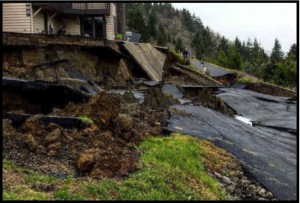by Bob Parker
April 7, 2020
The Coronavirus pandemic has resulted in entire sectors of the economy put on pause. Given present circumstances, it seems likely that full recovery could take five to ten years and that the economy will establish a new equilibrium (e.g., a “new normal”) as a result. Anticipating what that new equilibrium will be is difficult.
We’re thinking about the pandemic in three phases:
These phases relate to how emergency managers think: Response, Continuity, Recovery. Economic development professionals all over the state are deeply engaged in response. We’re suggesting that our community needs to make a space to initiate discussions, get organized, and mobilize around longer term continuity and recovery. The White Paper outlines an operational framework to do that.
Emergency response requires clear, decisive leadership. It is helpful to think about leadership in the context of three waves: (1) first responders; (2) continuity (e.g., continuing operations); and (3) recovery (e.g., resuming normal operations or achieving the new normal). Exhibit 3 shows how these waves link temporally after an economic shock.
Now is the time to act – like the response to the health impacts of Coronavirus, every day is critical. Establishing a clear structure using agile strategy can help guide Oregon’s economic recovery. Much critical thinking and work remains to be done, by establishing structured framework for continuity and recovery, that thinking will be supported by clear lines of communication and action.
The full white paper is available here:
[embeddoc url=”https://blogs.uoregon.edu/cscenter/files/2020/04/Oregon-Recovery-and-Resilience-Organizational-Framework-Pandemic-2020.pdf” download=”all” viewer=”google” ]



